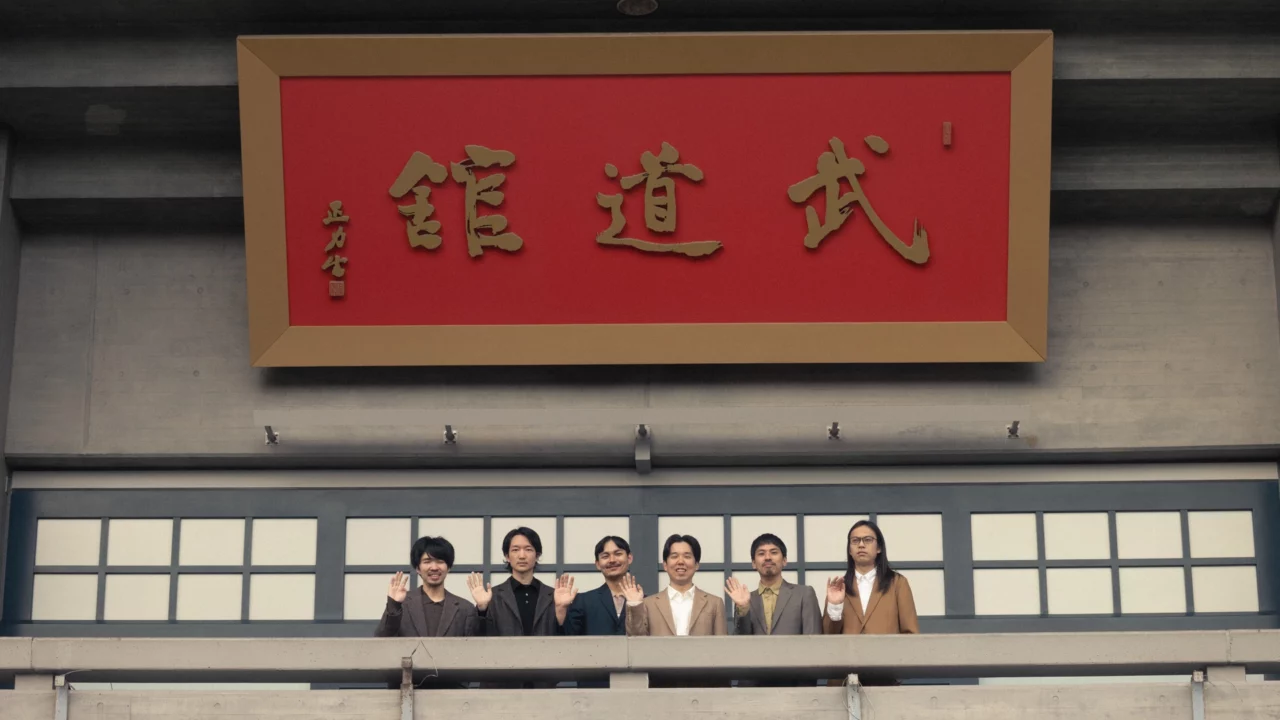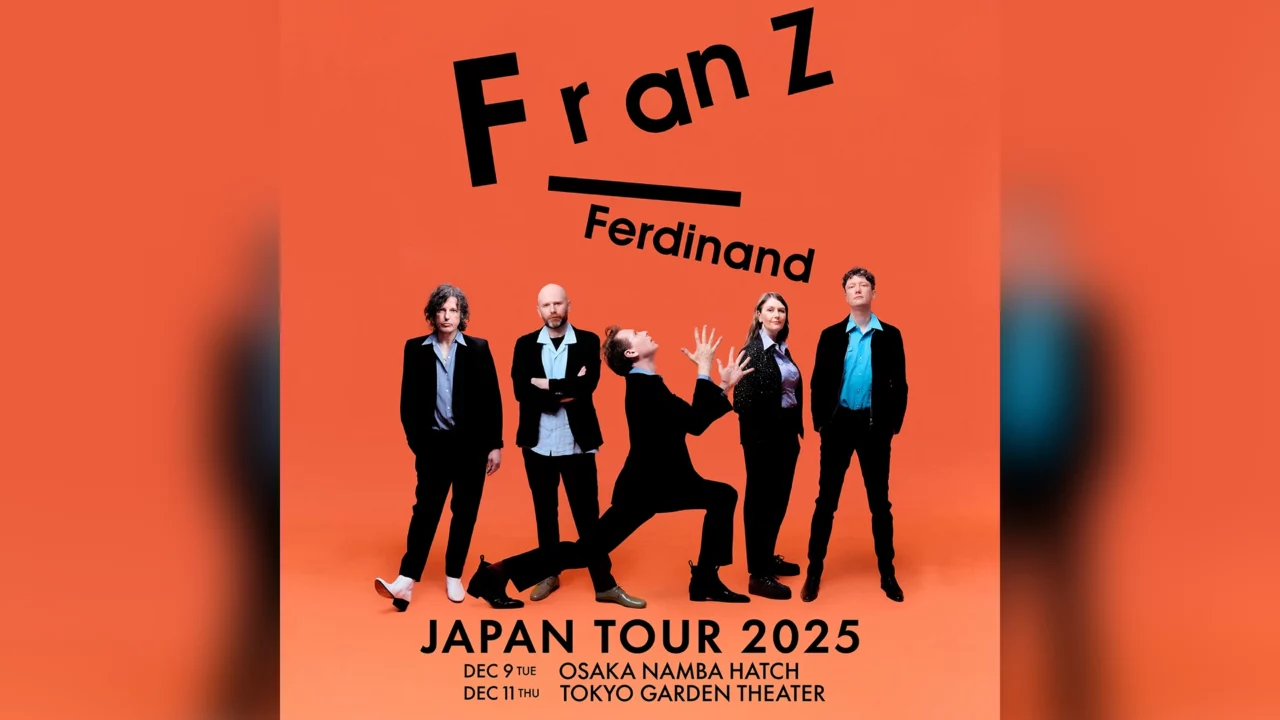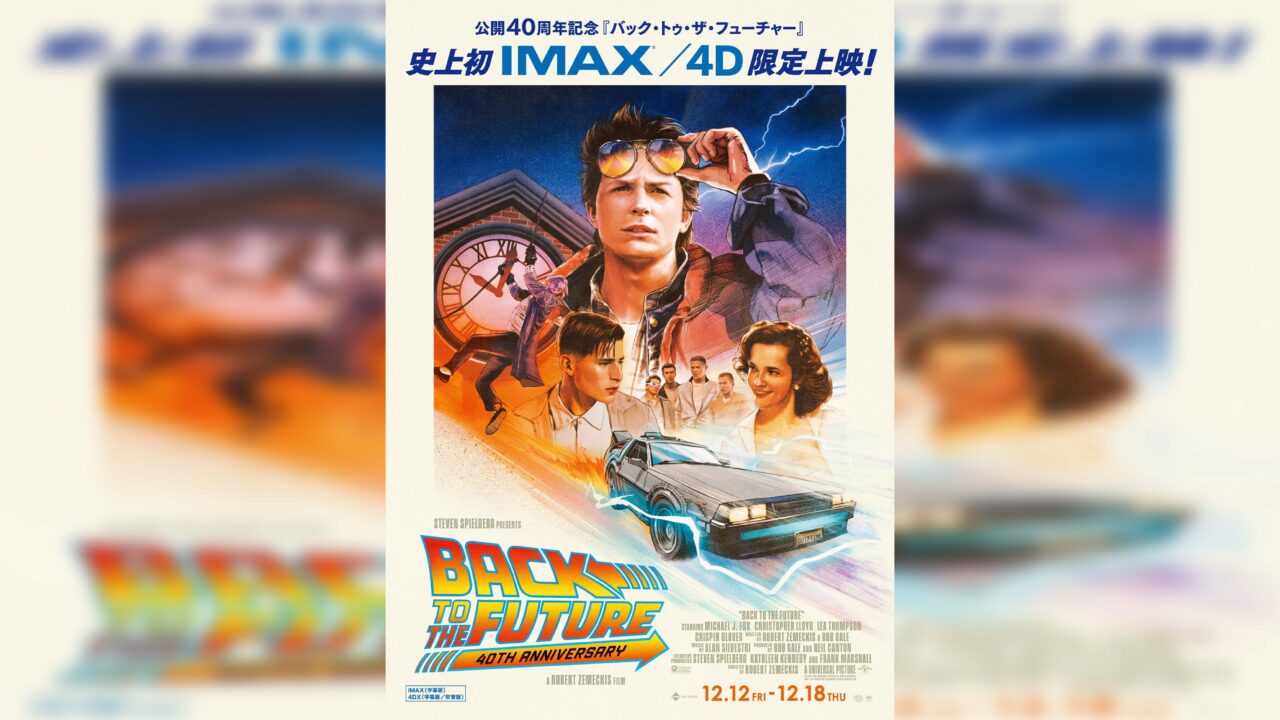Celebrating the release of HOSONO HOUSE COVERS, this special series Revisiting “HOSONO HOUSE” invites writers to explore the album’s enduring resonance. For the third installment, Masaaki Hara unpacks the timeless dialogue between Hosono, Harakami, and Gendel, tracing their interconnected sounds through reinterpretation and reinvention.
INDEX

Musician. Hosono made his debut in 1969 as a member of April Fool. In 1970, he co-founded Happy End, and in 1973, he launched his solo career while also performing as part of Tin Pan Alley. In 1978, he formed Yellow Magic Orchestra (YMO), contributing to the pop music industry as a songwriter, producer, and label owner.
Following YMO’s disbandment, Hosono explored world music, ambient, and electronica, engaging in composition, production, and film scoring. In 2019, celebrating the 50th anniversary of his musical career, he released HOCHONO HOUSE, a reimagining of his first solo album, HOSONO HOUSE (1973).
In 2024, marking his 55th anniversary in music, the tribute album HOSONO HOUSE COVERS, featuring 13 artists, was released.
The Connection Between Haruomi Hosono and Rei Harakami’s “Owari no Kisetsu”
Rei Harakami’s favorite album by Haruomi Hosono was Mercuric Dance (1985). I remember hearing this from him personally, and I think I also read about it in his blog. Though this album is considered part of the Monad Tourism Series (※), when I spoke with Harakami in the early 2000s (or perhaps the late 1990s), it was not a work that many people looked back on.
Its sound didn’t quite fit with the ambient techno or electronica of the time. The revival of New Age music from the West Coast of the U.S., which helped bring this kind of sound back into the fold, wouldn’t happen until a little later.
Note: Haruomi Hosono referred to Coincidental Music, Mercuric Dance, Paradise View, and Endless Talking, all released in 1985, as tourism music. These works were released through Monad Records, a label Hosono launched in 1984.
Mercuric Dance has a distinct contrast between its two halves: the first drifts with an ambient, floating quality, while the latter becomes more abstract and infused with dynamic electronic textures. Looking back, these two elements were also present in Rei Harakami’s work, especially in his non-beat compositions. When he was transitioning from a techno and electronica-influenced approach (though he disliked the term “electronica”) to a new phase, Mercuric Dance may have been a key reference point.

Rei Harakami, who initially had no plans to delve into electronic music while playing guitar and bass, eventually embraced the art of home-produced electronic sounds. It’s important to highlight that his creative process was deeply rooted in home recording.
His vocal rendition of owari no kisetsu on lust (2005) blends effortlessly with the album’s instrumental tracks. His delivery, stripped of excess emotion and delivered with a blunt tone, reveals the unmistakable mark of the home recording artist. Originally a demo for the owari no kisetsu cover with Akiko Yano in the yanokami project, it evolved into Rei Harakami’s own definitive version. While it’s unclear whether he had a clear vision for his singing, it’s possible he discovered a deeper connection to HOSONO HOUSE, a work similarly shaped by the home recording ethos.
INDEX
Sam Gendel Uncovers the Emotion in Rei Harakami’s Work
When Lust was reissued for the second time, Carlos Niño was asked to write the liner notes. Having met Rei Harakami in Japan and being captivated by his music, he gladly accepted. He began writing after having a conversation with Sam Gendel. Here’s a brief excerpt from the beginning.
During our Japan tour in the fall of 2019, I asked Sam Gendel what he was listening to on his headphones. “Rei Harakami’s Lust,” he said. That moment took me back to 2010, when I toured Japan with Jesse Peterson and Dexter Story as Turn On The Sunlight. We had played alongside Rei in Kyoto, and just a few days later, on October 15, we shared the stage with him again at Unit in Tokyo. After I mentioned this to Sam, we delved into a long conversation about Rei.
From the liner notes of Rei Harakami’s Lust, reissued by “Rings” in 2023.

Carlos Niño pointed out that Rei Harakami’s music is “meditative yet dynamic,” while Sam Gendel described it as “emotional and empathetic” (*). He also mentioned, “You don’t often find that kind of emotion with other artists.” The active, dynamic energy and the emotion that they felt in Rei Harakami’s music were interpreted alongside a sense of meditation or melancholy. This likely made it feel particularly special.
Mercuric Dance stands as an album that conveys exactly that. It contains active and emotional elements that are not typically found in traditional ambient or environmental music. This perspective, I believe, connects to the later New Age revival and the rediscovery of Japanese environmental music. Carlos Niño and others have, of course, discovered Mercuric Dance as well.
Note from the author: From OTOTSU “Sam Gendel / inga 2016 Interview | Reflecting on Sam Gendel’s career, particularly during his time with the trio Inga” (opens an external website in Japanese)






















